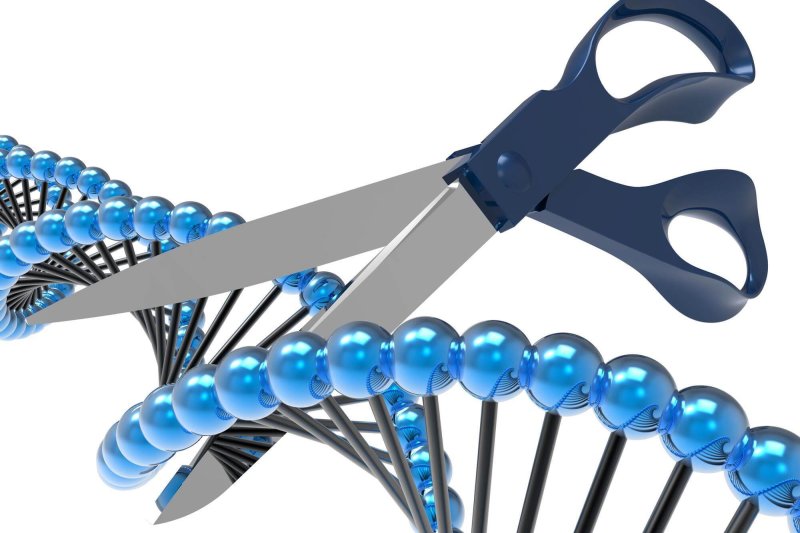Researchers have discovered a single protein that can perform CRISPR-style, precise programmable cutting on both DNA and RNA. This protein is among the first few Cas9 proteins to work on both types of genetic material without artificial helper components.
CRISPR-Cas9 acts as molecular scissors that can cut DNA at exactly the spot they’re asked to. The technique has transformed research in just five years, making it possible for hundreds of teams of scientists to snip out portions of a chromosome that are mutated, or to see what happens when a certain gene isn’t there. But CRISPR-Cas9 can’t cut the other kind of genetic material found in cells known as RNA.
Now, an initial biochemical study in laboratory test tubes, published in the journal Molecular Cell, shows the promise of the new CRISPR approach using the protein called NmeCas9. It’s derived from Neisseria meningitidis, the bacteria that cause some of the most severe and deadly cases of meningitis each year. The team is working to test the tool in living bacteria cells to see if NmeCas9 achieves the same effect that they saw in test tubes. They hope to eventually progress to human cells.
…
The new technique aims to produce a pair of universal genetic scissors. And, because NmeCas9 is a much smaller protein than other Cas9 proteins used in CRISPR editing, they hope it will be more useful.
Read full, original post: Unlike CRISPR-Cas9, this protein can cut RNA































